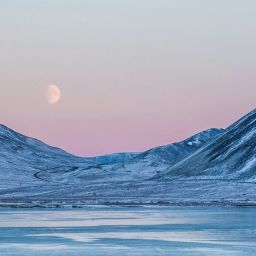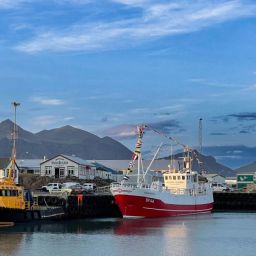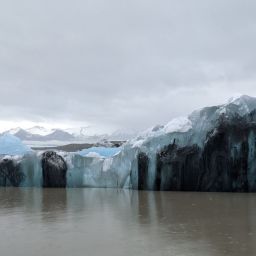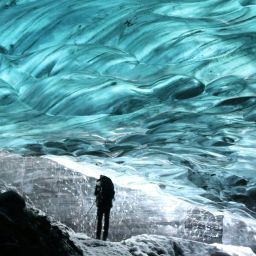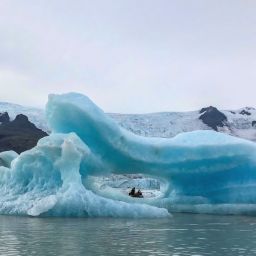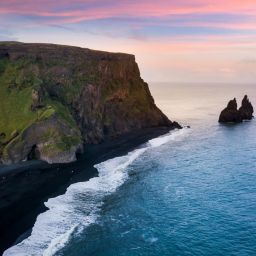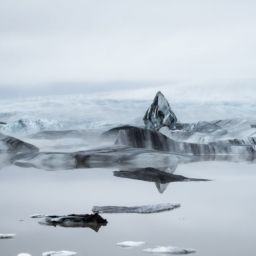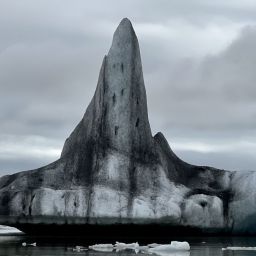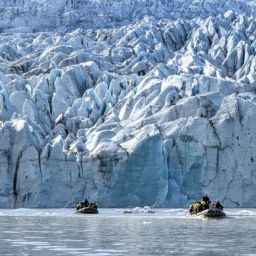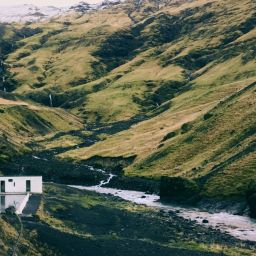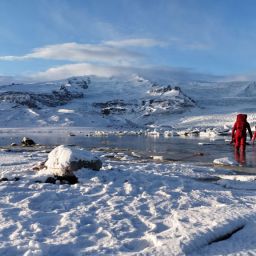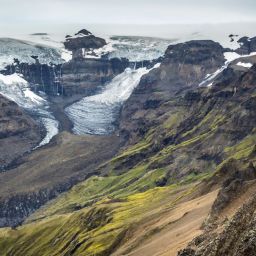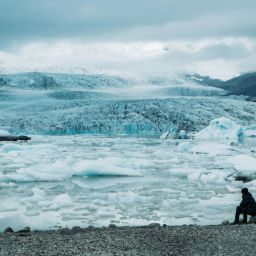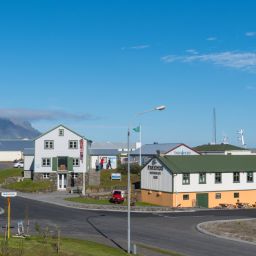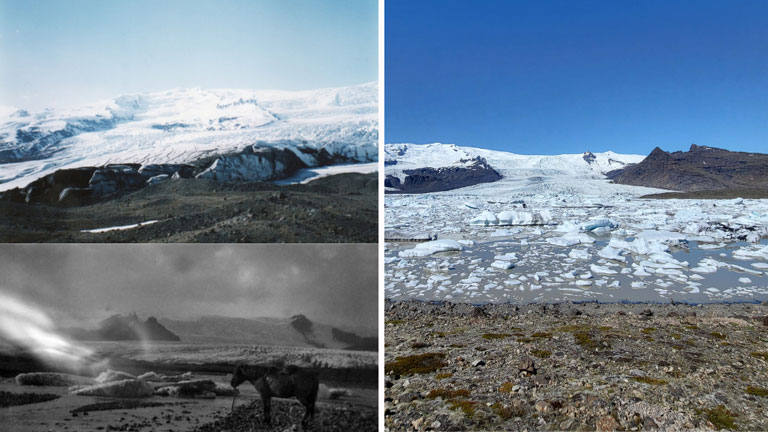
Fjallsárjökull glacier has changes drastically through the years.
There’s no easy way to say this: climate change is happening, and it is having a noticeable effect on Iceland’s landscapes. The impact on the country’s glaciers is profound; glacial retreat has been happening for over a century and these magnificent tongues of ice – Fjallsjökull included – are shrinking at an alarming rate.
Glaciers are, by their very nature, landforms in flux. Snow falls on the highest parts of the glacier and over time, the weight of new snow on what’s already there compacts it into ice. But for this to happen, the temperatures need to remain above freezing year-round, or as the summer approaches, the ice will melt.
But the actions of people have increased the amount of greenhouse gases in the Earth’s atmosphere. This is trapping heat and reflecting it back downwards. For decades, this has resulted in a significant and sustained increase in average temperatures, shortening winters and lengthening periods where the mercury remains above zero.
At the lowest reaches of the glacier, known as the zone of ablation, melting takes place. Down here at the bottom of the valley, temperatures are higher, and ice turns to water. Though it’s natural for glaciers to advance and retreat as the seasons progress, climate change has led to glacier retreat where the lowest parts of the ice are lost for good.
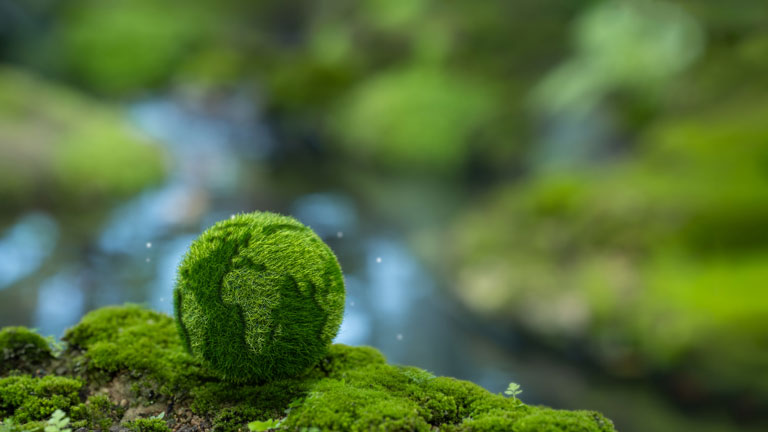
There are ways you can reduce your carbon footprint and travel more sustainably.
Practical steps you can take to reduce your carbon footprint
If you’re concerned about climate change – as of course we all should be – then you’re going to want to make sure that we slow down the rate at which global temperatures are increasing. While it’s highly unlikely we can undo the damage already done, we can decelerate the rate of future change and slow down glacier retreat. Everyone can do their bit; collectively we make a difference and help ensure vulnerable landscapes such as Iceland’s glacier-filled valleys are around for as long as possible.
The good news is that we don’t have to stop travelling; instead, we can do a lot when we visit other places to reduce our carbon footprint. Here are some practical and easy things you can do to ensure your holiday has a minimal impact on the environment, helping to protect the landscapes which you’ve travelled a long distance to see. Let’s take a look at how you might achieve a greener holiday.
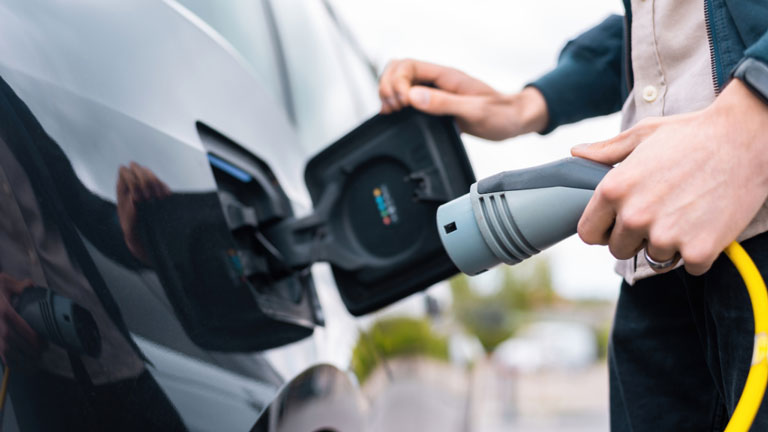
Renting an electric car while driving in Iceland is a great way to lower your carbon footprint.
Rent an electric vehicle
Getting around the country, whether you choose to travel independently or as part of a tour, is essential if you are going to appreciate the variety of Iceland’s beautiful landscapes. The good news is that going green is possible for both these options; many tour operators now advertise carbon-neutral excursions, for example, if you’re keen to book a group excursion.
Renting an EV is also an effective way for self-drivers to reduce the carbon footprint of their road trip. Most car rental agencies offer a range of electric vehicles – the government is well on the way to achieving its target of phasing out petrol and diesel cars – and you’ll find charging points all over the country, not only in built up areas but also in rural areas. Maps showing the precise locations of charging stations are easy to find online or via apps, so planning your EV journey is a piece of cake.
Traveling in a full car also helps minimise the environmental cost of your holiday. That’s a great excuse to come to Iceland with your family or a group of friends, making memories together as you take a boat trip out onto Fjallsárlón’s extraordinary lagoon or hike up onto the Fjallsjökull glacier to get a closer look of the ice and of course capitalise on those remarkable views.
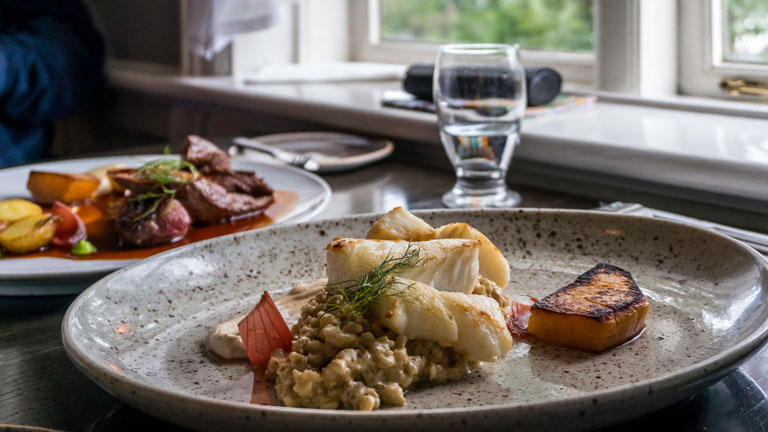
Another great way to be travel more sustainably, is to choose local food’s over imported.
Eat local, seasonal produce
Food miles can increase emissions dramatically. In turn, this has an impact on greenhouse gases which accelerate the rate of global warming and thus have a detrimental effect on our glaciers. So by choosing to eat local produce and sticking to fresh foodstuffs that are in season, you can do your bit. The use of renewable energy in food production, such as geothermal heat to warm greenhouses, means that there’s a much more diverse home grown food industry than you might imagine.
So in Iceland, sticking to local cuisine doesn’t mean you have to compromise on taste as our traditional dishes are as much a highlight of a trip here as the landscapes responsible for providing the ingredients. Specialities such as lamb soup and fish stew rely heavily on local produce to give them their distinctive and delicious flavours. At Frost, the restaurant here at Fjallsárlón, for instance you might opt for oven baked cod and skyr, both tasty Icelandic favourites.
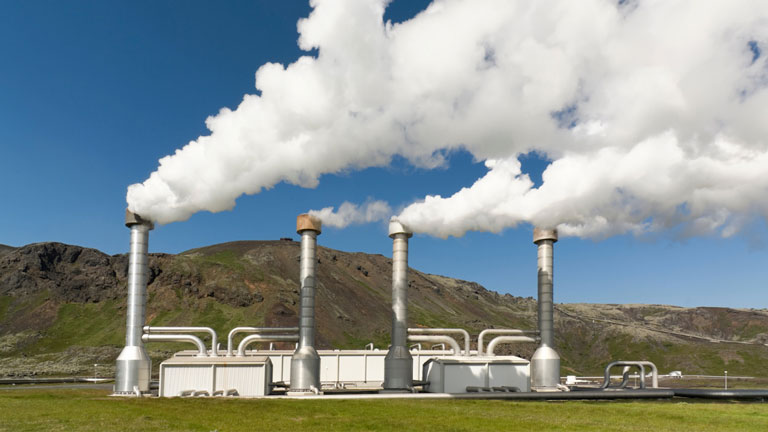
Approximately 85% of Iceland’s energy is produces locally with renewable energy sources.
Support establishments that use renewable energy
When travelling, we can make conscious choices to support businesses that are making an effort to reduce their own carbon footprint. In Iceland, that’s not hard. The use of renewable energy for heating and hot water is widespread thanks to the abundance of geothermal energy in the country.
In addition, many hotels have signed up to environmental initiatives such as Green Key and are working hard to ensure their eco-credentials are as high as possible. This includes encouraging visitors to reduce their water usage by installing short flush toilets and encouraging the use of towels on consecutive days. In-room recycling is also actively promoted to reduce waste.
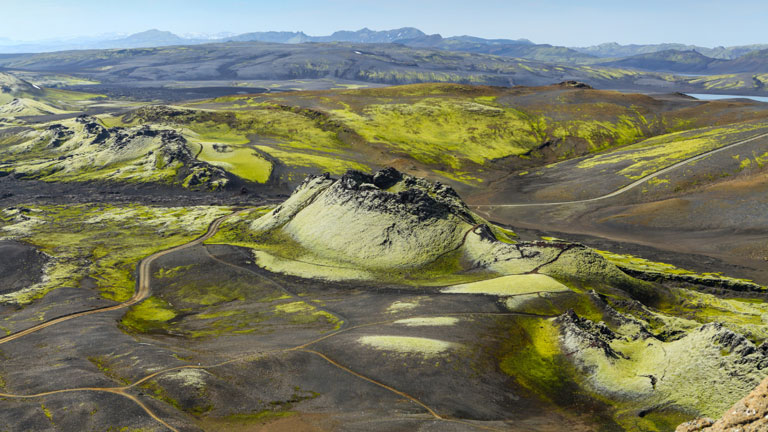
Large parts of Iceland’s landscapes are extremely fragile and take a long time to recover from damages.
Ensure you respect Iceland’s fragile landscapes
As tourists, it’s not always possible to experience first-hand the lasting impact of visitors on a location – unless you return for a subsequent visit, of course. Nevertheless, it’s extremely important to be mindful of the impact our actions have on the areas we visit, taking care to ensure our actions don’t have unwanted consequences.
For instance, that means parking only in designated places and taking care not to step off paths and trample delicate vegetation. In a place like Iceland, the cold climate means that any damage to the landscape can take decades to repair itself. Sign up to the Icelandic Pledge and show your commitment to travelling responsibly and safely.
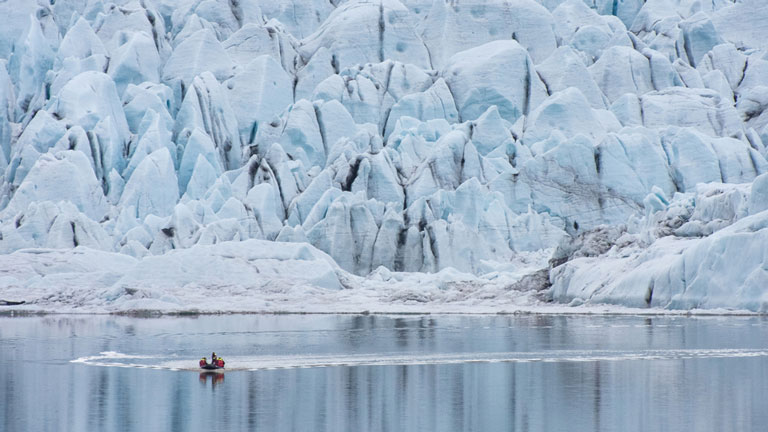
Slow down and take your time to enjoy everything that Iceland has to offer.
Embrace slow travel
Most of us lead busy lives in which time is at a premium. At the same time we are bombarded with images of breathtaking places across the planet and it’s hard not to want to see as many of them as possible. That can lead us to pare back the length of our holiday to the absolute minimum, rushing from place to place in our haste to see and do as much as possible in the limited time we have allowed ourselves.
Instead, it’s far more planet-friendly to embrace slow travel. Iceland’s location in the mid-Atlantic means that most tourists arrive by plane, so emissions are inevitable. By increasing the length of time we stay – whether that’s in Iceland in general or from region to region – we can spread out that environmental impact. Overland travel is more sustainable, and where better to enjoy it than immersed in incredible landscapes such as those we enjoy around Fjallsárlón?
Adopting even some of these suggestions during your visit to Iceland helps to ensure travellers will be able to enjoy seeing a glacier above Fjallsárlón for longer. We encourage mindful, responsible travellers and look forward to welcoming you to our corner of Iceland soon.


